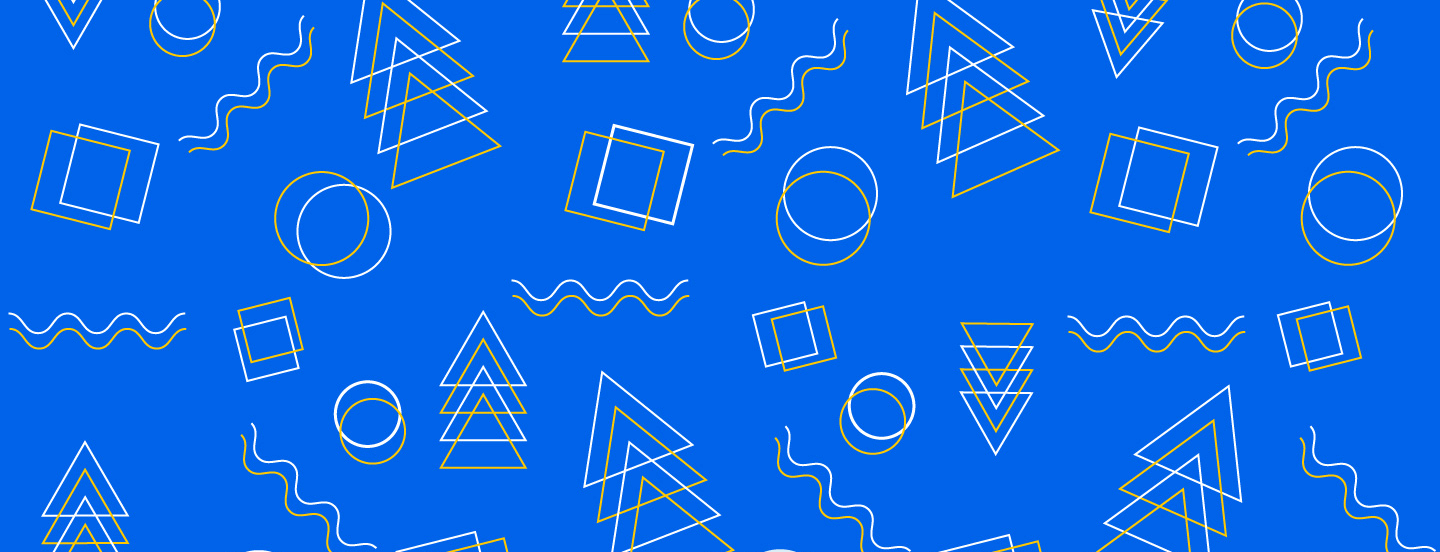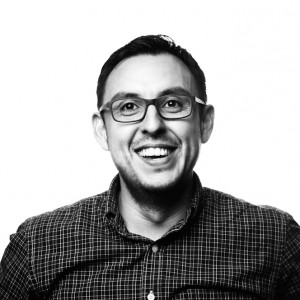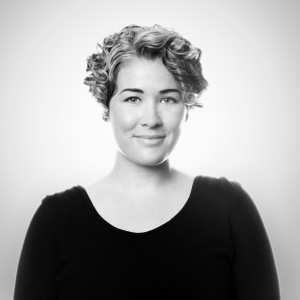
Twitter Asks Harry West
@CharBarts: What was the best decision you made in life that set you up for future success, and what’s the moral?
Harry West: In my life? Let me answer that in two ways: in my life I would say that the answer is clearly marrying my wife. No question. But I suspect the audience might be looking for a little bit more than that. Professionally it was making the move, 25 years ago, to focus on understanding people. Going into their homes, their place of work, hospitals, schools, and places they play to really understand how people live. This includes their values, attitudes and behaviors. Human centered design is about understanding the needs and wants of others, and developing solutions to meet them. And it turns out that has become a big thing. What’s the moral? Always be thinking about why someone else would care about what you do. If you are aware of why someone would care about what you do, then you are more likely to do something that is of value to them — and they are more likely to pay you for it.
@andrewvanhyfte: Who would frog partner with to solve our global climate change crisis? Can this be solved through service design?
HW: I think that global climate change is maybe the most important long-term crisis we face. We are risking the future of our civilization. So it’s really important that we fix it quickly and we aren’t yet doing that. Ultimately I believe that the only solution is to change demand, and in my opinion that means a carbon tax. A carbon tax is the best way to reflect the cost of climate change in the price of the products and services available to us, which in turn will change the demand for different products and services, and drive innovation to reduce their carbon content. As designers we can create new solutions that use less carbon, but until the true cost of the carbon consumption is incorporated into the price of our current lifestyle, most people will not feel that they are able to afford to make the change. People have to want to buy different things. So who should we partner with to solve global climate change? We should partner with governments and NGOs, but we also need to engage in the political process and invest in education that encourages people to make smart decisions.
@ajpaschka: How would a design company deal with the refugee crisis with empathy?
HW: As the great philosopher Clint Eastwood put it, “a man’s got to know his limitations.” The same is true for design firms. frog has made some significant contributions to humanitarian crises by working with United Nations Office for the Coordination of Humanitarian Affairs (UN OCHA) and helping them to create the Humanitarian Data Exchange (HDX), a platform that enables workers from the UN, NGOs, government and universities to radically improve data sharing during extreme situations. frog is good at developing communication systems, and that is something that the refugee crisis desperately needs. We are working with other agencies and NGO’s to develop systems that enable them to scale up digital solutions in times of crisis. As in most of what we accomplish, we do it by working with partners and prioritizing human needs and aspirations.
@digitpx: What are your thoughts on the inclusion of low-income minorities and women in design and technology?
HW: If you’re working in design and technology right now, you should not be low income. There is a tremendous demand for talent in this space. If I look internally at frog, at most levels I think we have a fairly even balance of genders – one that reflects the population. This is not true right at the top of the company, and we are working on getting the gender mix to be more even at the leadership level. That is an aspiration for us. Undoubtedly we do not have a good balance of different minority groups in the company, and that is something we have to address. Our problem is that we do not have enough applicants at the right experience level and with the right training to be successful in our company. So what I think we need to do is work with schools and universities to build the pipeline of talent.
@erhardwimmer:What do you really care about?
HW: This one is simple: people. I care about my family, my friends and my colleagues, my clients and their customers. I care about people.
@byandyphillips: What’s the best way to invest in your future?
HW: If you’re a young designer wanting to progress in your career, you need to work incredibly hard and learn constantly. In particular, think about how you can bring more value to your customer. If you expect to be paid for what you do, you need people to want to pay you for what you do. So you have to learn how to deliver value to them. If you’re always asking yourself how you could advance your customer’s business and their goals, I think it will drive you in the right direction.
@Venture_This: How do you see frog changing over the next 5 years?
HW: We will be changing a lot. We will be working even more closely with our clients because what we do is too important to be managed at a distance. We will be working on ever more complex problems: systems that go beyond individual products and services. The problems the world is facing today are much more complex and demand a more sophisticated approach to design and innovation. We will be even more focused on outcomes, and forced to be creative about how to help our clients get things done. And we will be stretched into the complex world of helping organizations change at scale. All of this change will be challenging for people new to design, who might find themselves lost in the complexity at the start. But that is the direction design is moving, and at frog we have to lead the way. We have to be prepared to support change by any means necessary. As an organization, I expect the boundary of our company to become more porous, with more fluidity of people moving in and out of the company, and new ventures and locations opening and closing because that is the way the world is moving. I welcome that. I welcome partnering with other firms to make their employees feel like they are as much a part of frog as someone who is a full time employee. Finally, we are going to be very driven by outcomes. We’re going to be constantly focused on the impact we are having in the world, and that is what will drive new skills, new ways of working, and everything else about the evolution of frog.

Alejandro likes talking about the evolution of new media, photography, and all things regarding Mexican culture.

As global editor, Amy worked with frogs around the world to craft stories about the impact of design and technology on society.
We respect your privacy
We use Cookies to improve your experience on our website. They help us to improve site performance, present you relevant advertising and enable you to share content in social media. You may accept all Cookies, or choose to manage them individually. You can change your settings at any time by clicking Cookie Settings available in the footer of every page. For more information related to the Cookies, please visit our Cookie Policy.